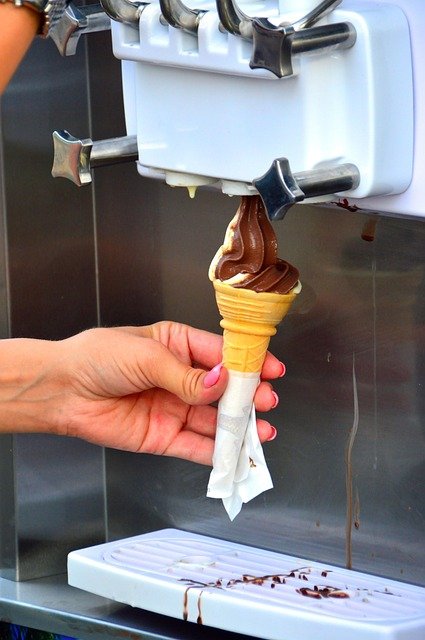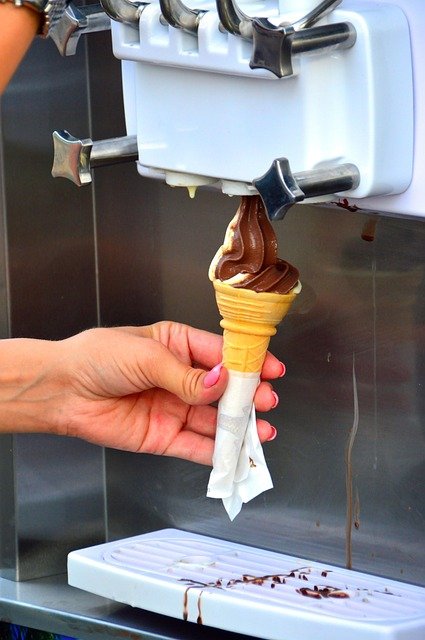Commercial Freestanding Ice Makers: Key Features and Benefits
July 9, 2025 | by li, moniker

The Essential Guide to Commercial Freestanding Ice Makers
In the fast-paced world of food service, hospitality, and healthcare, having a reliable source of ice is non-negotiable. A commercial freestanding ice maker is a vital piece of equipment for businesses that require large quantities of ice daily. Unlike undercounter or modular units, freestanding ice makers offer flexibility in placement and higher production capacities, making them ideal for restaurants, bars, hotels, and hospitals. This article explores the key features, benefits, and considerations when choosing a commercial freestanding ice maker, ensuring you make an informed investment that meets your business needs. Whether you need nugget, cube, or flake ice, understanding these machines will help optimize efficiency and reduce operational costs.
Key Features of Commercial Freestanding Ice Makers
Freestanding commercial ice makers are designed for durability and high output. Key features include:
- Production Capacity: These units can produce anywhere from 100 to over 1,000 pounds of ice per day, depending on the model.
- Ice Type Options: Businesses can choose between cube, nugget, or flake ice, each suited for different applications—cubes for beverages, nuggets for chewability, and flakes for food displays.
- Stainless Steel Construction: Most high-end models feature corrosion-resistant stainless steel for longevity and hygiene.
- Energy Efficiency: Modern units incorporate energy-saving technologies to reduce operational costs without compromising performance.
Investing in a Commercial Ice Maker with these features ensures reliability and efficiency in high-demand environments.
Benefits of a Freestanding Ice Maker for Businesses
Freestanding ice makers offer several advantages over built-in or portable alternatives:
- Flexibility in Placement: Unlike undercounter models, freestanding units can be placed anywhere with proper ventilation and drainage.
- Higher Output: Ideal for businesses with high ice demand, these machines reduce the need for frequent refills.
- Ease of Maintenance: With accessible components and self-cleaning options, maintenance is simpler compared to modular systems.
- Cost-Effectiveness: While the initial investment may be higher, the long-term savings in labor and operational efficiency justify the cost.
For businesses that rely on a steady ice supply, a freestanding unit is a smart, scalable solution.
Choosing the Right Commercial Freestanding Ice Maker
Selecting the best ice maker depends on several factors:
- Daily Ice Needs: Calculate your peak usage to determine the required production capacity.
- Space and Installation: Ensure adequate space, ventilation, and access to water and drainage lines.
- Ice Type: Match the ice style to your business needs—cubes for drinks, nuggets for blended beverages, or flakes for seafood displays.
- Brand and Warranty: Opt for reputable brands with strong warranties and customer support.
By evaluating these factors, businesses can invest in a Commercial Ice Maker that maximizes efficiency and longevity.
Maintenance and Longevity of Commercial Ice Makers
Proper maintenance ensures optimal performance and extends the lifespan of your ice maker. Key practices include:
- Regular Cleaning: Mineral buildup can affect ice quality and machine efficiency—clean the unit monthly with a food-safe descaler.
- Filter Replacement: Water filters should be changed every six months to prevent contaminants from entering the ice.
- Inspecting Components: Check condenser coils, fans, and drainage systems for blockages or wear.
- Professional Servicing: Annual inspections by a technician can prevent costly breakdowns.
Following these steps ensures consistent ice production and minimizes downtime.
Conclusion
A commercial freestanding ice maker is an indispensable asset for businesses requiring a high-volume, reliable ice supply. From understanding key features like production capacity and ice types to evaluating placement and maintenance needs, selecting the right unit can significantly impact operational efficiency. Freestanding models offer flexibility, higher output, and cost savings over time, making them a preferred choice for restaurants, bars, and healthcare facilities. By investing in a quality Commercial Ice Maker and adhering to proper maintenance, businesses can ensure a steady ice supply, enhance customer satisfaction, and reduce long-term costs. Whether upgrading an existing system or purchasing a new one, this guide provides the insights needed to make an informed decision.
RELATED POSTS
View all


